
Tutorials
-

-
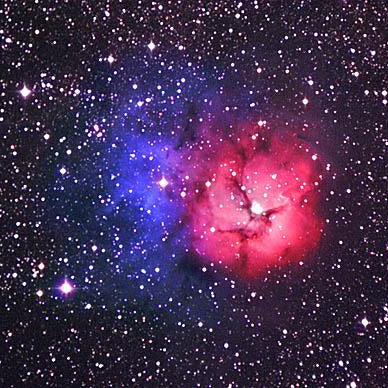
Image Processing Filters
Read nowA filter is an image processing routine applied to an image to enhance details. This is usually done in one of two ways: by smoothing the image to remove noise and show subtle features hidden by the noise, or by...
-
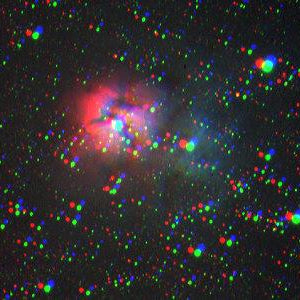
Color Imaging
Read nowMost astronomical CCD cameras create color images by combining black and white images taken through red, green, and blue filters. In theBasics of Taking CCD Images section we gave the example of the Trifid Nebula, M20, imaged using this technique....
-
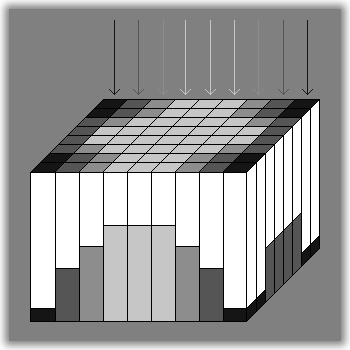
How CCD Cameras Work
Read nowTaking the Image A CCD (charge-coupled device) is an electronic instrument for detecting light. In the case of an astronomical CCD camera, this light is very dim. We will see that this has certain implications for how the CCD operates....
-
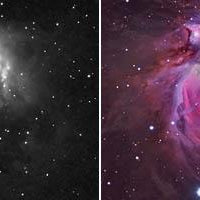
CCD Imaging for Amateur Astronomers
Read nowThe advent of amateur CCD imaging has opened up a whole new world for astronomy enthusiasts. Astronomy is the one science left where amateurs still make an important contribution. The reason is simple: there is too much universe for just...
-
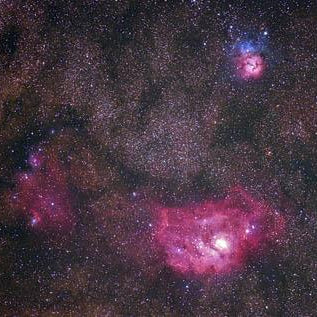
CCD vs. DSLR Astrophotography
Read nowFilm astrophotography began in the late 19th century with photographs of the moon, sun, and bright stars. Film then was thousands of times slower than it is today. While film became faster and faster, the technology itself changed very little....
-
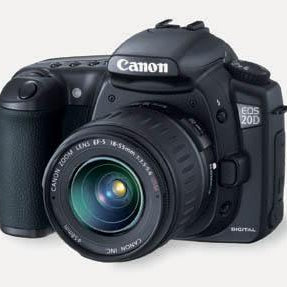
Digital Cameras, Webcams and Video Cameras
Read nowDigital cameras, digital video cameras, and webcams all use CCD chips (or similar CMOS chips), just like an astronomical CCD camera. They are also incredibly popular, with millions being sold every year. So the obvious question is whether these types...
-

Imaging with a Refractor
Read nowThe refractor is the oldest telescope design. It is by far the most familiar design (it's what Galileo used in the 17th Century, and it's what Marvin the Martian used in the cartoons). Refractors have been used to produce some...
-
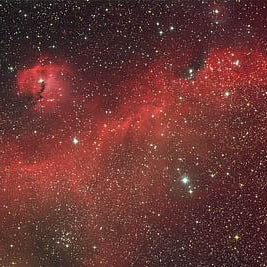
Imaging with a Newtonian
Read nowThe modern theory of optics is due in great part to Isaac Newton. Much has been written about the fantastic achievements of Newton, but it was a misconception of his that led to his greatest astronomical invention. While studying refracting...
-
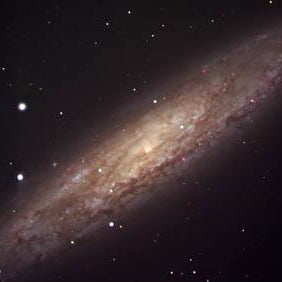
Imaging with a SCT
Read nowProbably the most popular telescope design is the Schmidt-Cassegrain telescope (SCT). The SCT is a versatile design, good for both imaging and visual observation. It is compact for portability and ease of use, and is relatively inexpensive compared to other...
-
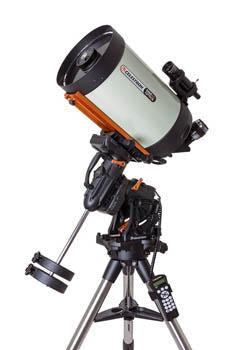
Imaging Mounts
Read nowA sturdy mount is obviously important for visual observing--the lack of a quality mount is a primary complaint about cheap telescopes--but for astrophotography, the mount is every bit as important as the telescope itself. The mount's ability to hold the...
-
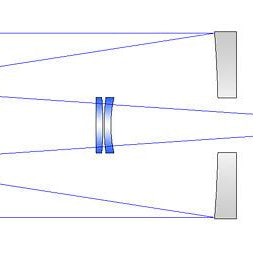
Imaging with other Telescope Designs
Read nowOther Telescope Designs While the Schmidt-Cassegrain, Newtonian, and refractor are the most common optical designs used for CCD imaging and observing in general, other types are becoming increasingly popular. Classical Cassegrain Above: Optical layout of a Classical Cassegrain telescope The...












